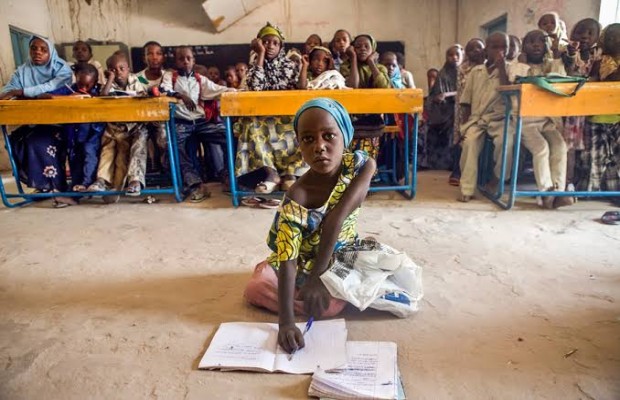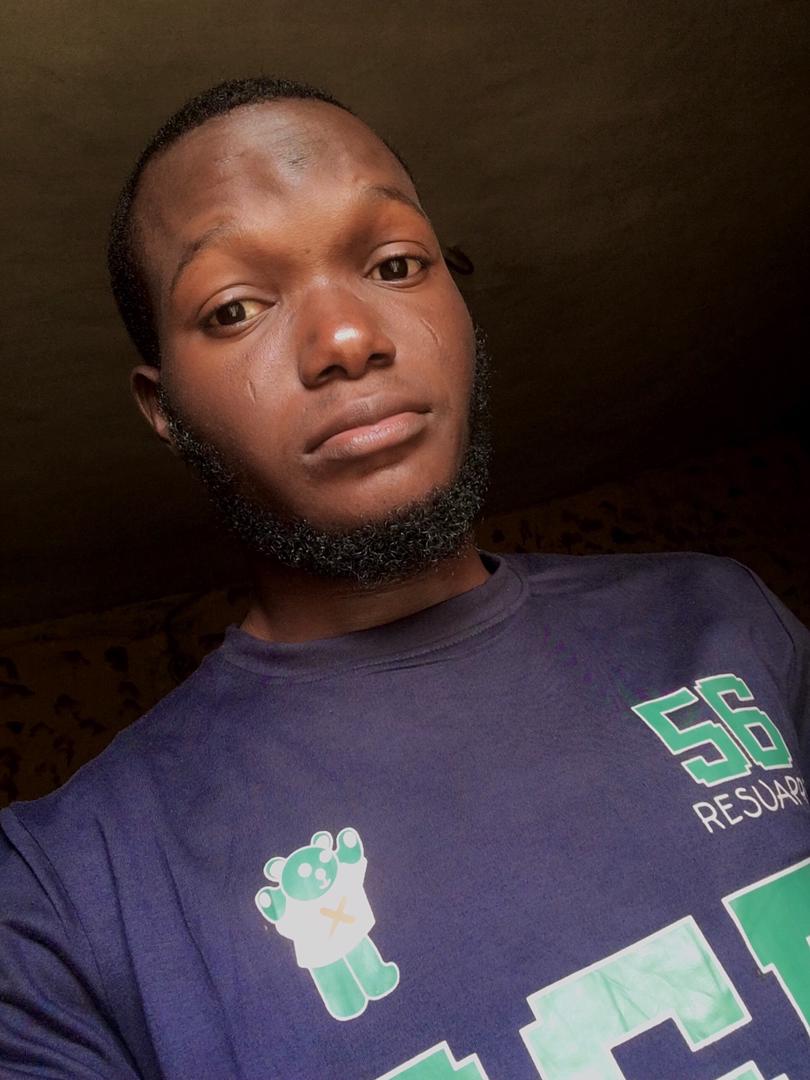Top 12 Countries With The Worst Education System In The World 2023

Education is the most important foundation that can be laid for individuals to live productive life. When compared to a worldwide norm, however, the education system is very uneven, in the sense that difference countries are more secure than other and mobilities of individual has a lot do with with security. In a country where security is poor, movement is restricted , accessing education become challenging.
Due to conditions such as conflict and poverty, most children in most nations are unable to have a quality education . The Educational Development Index (EDI) of the United Nations Educational, Scientific, and Cultural Organization (UNESCO) tends to receive the greatest attention for the nations that perform at the very top.
Those born and raised in industrialized nations are aware that they may expect to receive a complete education, which includes attending school, selecting a college or university after high school, and eventually becoming a professional with a credential from an approved institution.
The Education Index is one of the factors examined by the HDI. We’ve published articles on 10 oldest universities in Africa .The UNDP assesses nations based on a set of criteria that determine how good or poor a country’s educational system is.
12 Countries With The Worst Education System In The World 2023
- Niger’s education system
- Burkina Faso’s education system
- Somalia
- The education system in Eritrea
- The education system in Mali
- The education system in the Central African Republic
- Ethiopia’s education system
- Haiti
- Comoros
- Pakistan
- Angola
- Myanmar
1. Niger’s education system

A West African country of about 21 million people. The average number of years to enroll in school is barely 1.5. Only 5.2 percent of Niger’s population has completed high school, and over 31% people do drop out in primary school, making the country the world’s least educated. The EDI for them is 0.528. In Niger, where the incidence of illiterate women is high, the poor educational system is significantly worse for young women.
READ ALSO » Top 10 Countries With Worst Education System In The World
In 2012, 70% of the country’s poorest females had never attended elementary school. Those who were able to attend had a significant financial challenge in meeting their financial demands as well as other educational supplies.
2. Burkina Faso’s education system

The country’s land area is around 274,200 square kilometers. With roughly 64 people per square kilometer. The population density is quite high. The population is rapidly expanding. Burkina Faso’s education is meant to be free, however, the country’s government lacks the means to educate the whole young population. As a result, primary school students must pay for their own school supplies, and local communities must pool their resources to create primary school facilities for students as well as homes for instructors.
In addition, due to a paucity of educational money, the government only educates pupils who have high scores. Only 36% of Burkina Faso’s youth are able to attend school when they reach the age of compulsory education. The majority of schools are operated by religious institutions. These schools lack key supplies such as textbooks, desks, seats, and books, in addition to being underfunded. Despite the poor educational quality.
3. Somalia

Somalia is one of the world’s few countries without a formal education system. Local and international NGOs manage schools in this country, while the few private schools that have opened here adhere to outdated educational systems or simply adopt the educational systems of other nations.
Because no established entity is directly responsible for supervising and assessing the education sector in Somalia, the lack of a higher education commission is also a serious obstacle.
4. The education system in Eritrea

Pre-primary, primary, middle, secondary, and post-secondary education are the five levels of education in Eritrea. Eritrean children often begin school between the ages of 6 and 13. Primary school is usually finished by the time a student reaches the age of fifteen. English, Tigrinya, Arabic, Eritrean history, mathematics, science, informatics, physical education, and civic education are all part of the basic school curriculum.
Despite the fact that Eritrea has been deemed a democratic country for some time, its population still lacks the necessary tools to comprehend the actual importance of education. Eritrea has among the poorest schools in the world, and as a result, the populace suffers. Primary school enrolment, secondary school graduation rate, and tertiary school enrolment rates all rank bottom in the globe.
READ ALSO » Top 10 Countries With The Best Education System In The World
This is due to the government’s supervision and restriction of what happens in schools. The administration has no desire to educate the people. The civil conflict between Eritrea and Ethiopia has resulted in this.
5. The education system in Mali

Mali has about a 31.1 percent adult literacy rate, one of the lowest education systems in the world. When the nomadic Tuareg tribe grabbed control of the northern half of the nation in 2012, they made a push for independence from the central Malian state, the country experienced tremendous amounts of internal conflict.
Mali’s education system is shaped by the country’s past, which is where the issues begin. Throughout its history, this country has been inhabited by a number of colonial masters of difference countries, each with its own educational system. Because of the diversity of educational systems, Mali has struggled to teach its pupils in a single, unified system, resulting in a lack of uniformity in the country’s education system.
6. The education system in the Central African Republic
One of the countries with a poor educational system is the Central African Republic. Malnutrition and poor health are linked in many nations throughout the world to a lack of education and skills among the population. This is especially true in nations with the lowest educational levels.
The Central African Republic’s education system is one of the poorest in the world. Much of its education is of poor quality, and the country has the world’s second-highest school dropout rate. Only 43% of the country’s primary school-age population (ages 6 to 11) was enrolled in school in 2000. In 2018, the adult literacy rate in the Central African Republic was 37.4%.
7. Ethiopia’s education system
Following the 1974 revolution, Ethiopia’s government began to pay greater attention to the growing literacy rate in rural areas. This country is now dealing with a slew of social and political issues that are limiting the development of its educational system. People in this country regard labor so highly that they forego school and start working at a young age.
In rural areas, parents do not send their children to school since they are expected to assist with household chores. The key to developing Ethiopia’s educational system is to change people’s ideas about education in the country’s social structure. Ethiopia’s government has paid more attention to the rising literacy rate in rural regions after the 1974 revolution.
This country is now confronted with a number of social and political challenges that are impeding the growth of its educational system. People in this country place such a high value on work that they neglect education and begin working at a young age. Parents in rural regions do not send their children to school since they are expected to help with home tasks. Changing people’s perceptions about education in Ethiopia’s social structure is the key to strengthening the country’s educational system.
8. Haiti

READ ALSO » Only Private Varsities Can Rescue Nigeria’s Educational System From Total Collapse
Haiti, which has one of the lowest literacy rates in the world, is trying to improve its education system owing to a variety of factors, including a shortage of government finances for education. The literacy rate in this nation is barely 52.9 percent, and the bulk of the population lacks access to formal education.
Citizens who were fortunate enough to have a formal primary education rarely progress to secondary school. The 2010 earthquake in Haiti caused devastation to the country’s educational system, destroying school buildings. Despite the fact that small schools were built in rural areas, the children seldom attended classes owing to their poor living conditions.
9. Comoros

Comoros has one of the poorest education systems in the world. Teachers in schools are ill-equipped to provide outcomes because they lack the necessary training. This country also lacks adequate educational infrastructure, resulting in low educational outcomes for students.
The national government’s biggest problems in attaining its goals for the sector include a lack of facilities, skilled instructors, equipment, and textbooks. However, recent stability appears to portend significant future advances. Because of the poor pay, many teachers in this nation prefer to do anything other than teaching.
10. Pakistan

Pakistan’s education problems are exacerbated by the country’s rich religious heritage and the violent Taliban’s presence in most of the country. Malala Yousafzai is a world-famous Pakistani adolescent who defied a Taliban decree banning females from attending school. Despite Taliban threats, Malala persisted to attend school and was shot in the head by Taliban fighters for her pain.
Malala survived the attack, has a book contract, and has even been nominated for a Nobel Prize. Malala’s activities have started to resonate across Pakistan’s school system, with Pakistani girls being taught ‘ground-breaking’ sexual education programs.
11. Angola

Angola is located in the southern part of Africa, and it borders the countries of Namibia, the Democratic Republic of the Congo, Zambia, and the Atlantic Ocean. There are around 31,127,674 people living in the nation, according to the latest population estimate. Angola’s literacy rate is one of the lowest in the world, and the country also has one of the worst infant mortality rates. Angola also has one of the highest rates of child mortality.
Angola’s educational system had a history of being extremely backward and underdeveloped in the past. On the other hand, thanks to the investments made by outside parties in the oil business, Agostinho Neto University, which is Angola’s largest public university, came into being. The Agostinho Neto University, often known as the University of Angola, was established in 1979 with the goal of delivering an education of the highest calibre to the people of Africa.
12. Myanmar

With an educational budget that accounts for 0.8% of the country’s total GDP, Burma (also known as Myanmar) is ranked as the second-lowest spending nation in terms of education as a percentage of GDP. An education system that is ineffective and post-secondary education that is nearly nonexistent has been brought about here as a result of a dictatorship that is ruled by the military.
When it comes to getting into elementary and secondary schools, entrenched poverty is another significant obstacle that has to be overcome. This is an even more problematic issue. Because the primary means of funding education have shifted from taxes to out-of-pocket payments and charitable donations, the costs that each family is required to pay in order for their children to receive an education have increased as a direct result of budget cuts that the government has implemented for social purposes in general.
Children who are members of ethnic minority groups in Burma have a much harder time getting into schools as a result of the country’s ongoing ethnic war.
The government of Burma has a tendency to restrict the rights of members of minority groups to participate in the country’s educational system in an effort to raise pupils’ awareness of “ideal” Burmese ideals. It is estimated that around three quarters of Burmese youngsters will not continue their education through the fifth grade.
Conclusion
Education is believed to be one of a country’s most valuable assets. Education, on the other hand, varies in terms of quality and value throughout the world. Every youngster is entitled to a good education. Many of the nations with poor healthcare facilities are also areas where children are unable to attend school.
